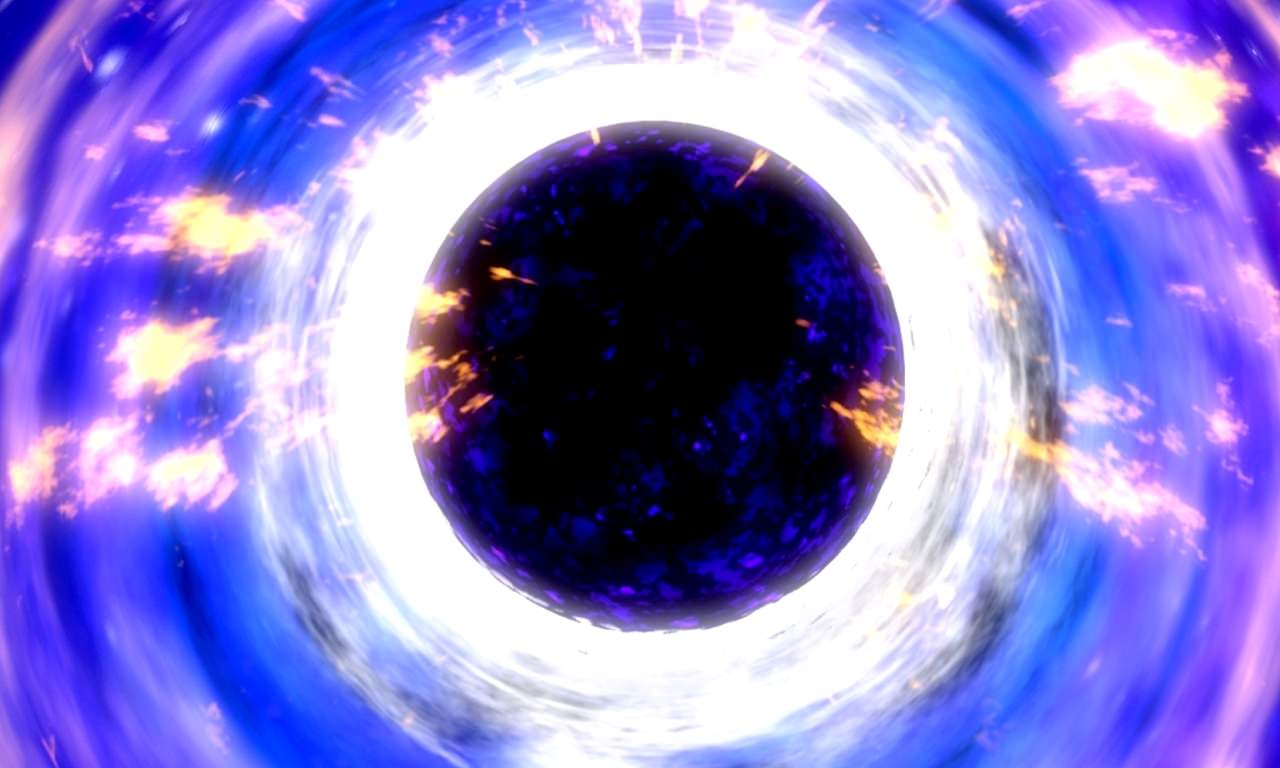[/caption]
Astronomers have determined that the era of first fast growth of the most massive black holes occurred when the universe was much younger than previously thought. A team of researchers from Tel Aviv University found that the epoch of the first fast growth of black holes occurred when the Universe was only about 1.2 billion years old, and not two to four billion years old, as was previously believed. The team also found that these black holes are continuing to grow at a very fast rate.
The supermassive blackholes that most galaxies are thought to have vary in mass from about one million to about 10 billion times the size of our sun. To find them, astronomers look for the enormous amount of radiation emitted by gas which falls into such objects during the times that the black holes are “active,” or accreting matter. This gas infall into massive black holes is believed to be the means by which black holes grow.

Prof. Hagai Hetzer and his research student Benny Trakhtenbrot used data from two different telescopes, Gemini North on top of Mauna Kea in Hawaii, and the Very Large Telescope Array on Cerro Paranal in Chile.
The data show that the black holes that were active when the universe was 1.2 billion years old are about ten times smaller than the most massive black holes that are seen at later times. However, they are growing much faster. The measured rate of growth allowed the researchers to estimate what happened to these objects at much earlier as well as much later times. The team found that the very first black holes, those that started the entire growth process when the universe was only several hundred million years old, had masses of only 100-1000 times the mass of the sun. Such black holes may be related to the very first stars in the universe. They also found that the subsequent growth period of the observed sources, after the first 1.2 billion years, lasted only 100-200 million years.
The team found that the very first black holes ? those that started growing when the universe was only several hundred million years old ? had masses of only 100-1000 times the mass of the sun. Such black holes may be related to the very first stars in the universe. They also found that the subsequent growth period of these black holes, after the first 1.2 billion years, lasted only 100-200 million years.
The new study is the culmination of a seven year-long project at Tel Aviv University designed to follow the evolution of the most massive black holes and compare them with the evolution of the galaxies in which such objects reside.
The results will be reported in the Astrophysical Journal.


I don’t see what point this article is attempting to make.I’d like to see LC and HSBC weigh in on this, as both have expertise in this area.
Black holes can only grow, at least classically or by ignoring quantum mechanics and the quantum decay of black holes. So a larger black hole has the larger gravitational field and can thus more likely grow faster. Also the first black holes were generated in the centers of galaxies where lots of material exists.
LC